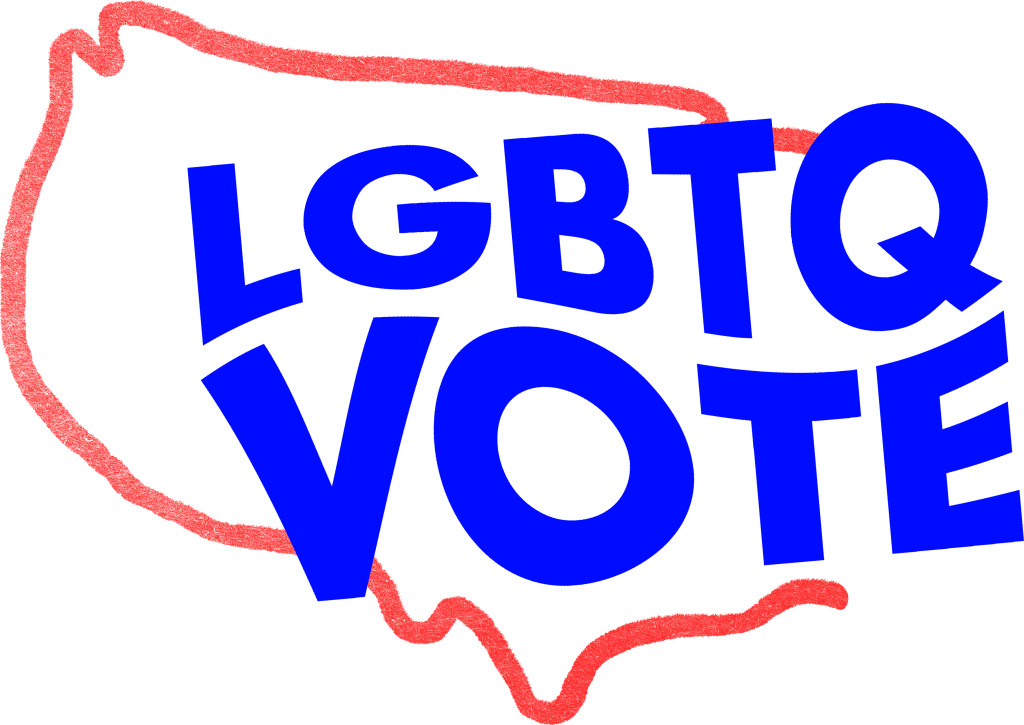Election Day 2021 was a mixed bag for the LGBTQ community. Anti-LGBTQ candidate Glenn Youngkin was elected Governor of Virginia while dozens of openly-LGBTQ candidates were elected across the country. This was a difficult year for the transgender and non-binary community due to the attacks they faced. Transphobic rhetoric became a centerpiece of election strategies while dozens of anti-LGBTQ bills were proposed and passed around the country. That is why this Transgender Awareness Week it is important to uplift and highlight the strength of the transgender and non-binary community in politics.
Historic elections of transgender and non-binbary candidates on Election Day 2021!
Danica Roem was re-elected to the Virginia House of Delegates in a closely watched election. She has served District 13 since defeating an anti-LGBTQ incumbent in 2017. She continues to make history as the longest serving openly transgender state legislator in United States history.
Ohio elected its first-ever transgender official when Dion Manley won a position on the Gahanna Jefferson School Board.
Xander Orenstein became the first non-binary person elected to the United States judiciary in Pennsylvania. They will serve on the Allegheny County Magisterial District Court.
Thu Nguyen was elected to the Worcester City Council and will be the first non-binary person elected in Massachusetts history.
Andrea Jenkins was re-elected to the Minneapolis City Conucil and will continue her public service as the first openly transgender Black woman elected to public office in the United States.
In New York, Stanely Martin was elected as the first openly non-binary person to the Rochester City Council while Sarah Salem was re-elected to the Poughkeepsie Common Council where they will continue to serve as the first openly non-binary person elected in New York State.
Stephe Koontz was re-elected to the Doraville, GA City Council where she will continue to serve as the only openly transgender elected official in the Southeastern United States.
According to data gathered by the LGBTQ Victory Fund, 410 openly LGBTQ candidates ran for elected office in 2021 and 237 were on the ballot in November. This is an 18.5% increase from the last off-year election cycle, 2019, and a new record. Further details can be found in Victory Fund’s 2021 Out on the Trail Report. Given these results, there will be over 1,000 openly-LGBTQ elected officials for the first time in history. These increases in representation are crucial in fighting against anti-LGBTQ attacks around the country and continuing the fight for LGBTQ rights.
This is also an opportunity to highlight the power of LGBTQ voters. A December 2020 article from the Washington Post “Had LGBT voters stayed home, Trump might have won the 2020 presidential election” highlighted the importance of LGBTQ voters in the 2020 election. The voices and votes of LGBTQ voters are powerful and have the ability to swing elections. The upcoming 2022 midterm elections are another important opportunity for LGBTQ voters to show up for candidates who support LGBTQ rights and will continue the fight for equality and acceptance. It is also important to highlight the unique barriers that transgender and non-binary voters may face. Particularly in regard to voter ID laws that may complicate the process of registering to vote or receiving a ballot. GLAAD is continuin its partnership with HeadCount to ensure that transgender and non-binary people will have support at the polls.
“For transgender and non-binary people whose ID doesn’t match their name and gender, voter ID laws can make the experience of casting a ballot invalidating, intimidating, and unsafe. On top of this, restrictive identification requirements make updating legal name and gender marker on ID an unreasonably challenging process. These barriers impact transgender and non-binary voters’ participation in our democracy” – from Headcount
As many transgender or non-binary people may have an ID that does not match their name or gender presentation. This can result in harassment or uncomfortable questions from poll workers. Additionally, transgender and non-binary people may have to submit a ballot using their deadname. Voting can be an uncomfortable and arduous process for transgender and non-binary voters. HeadCount has compiled relevant information to assist transgender and non-binary voters prepare before they head to the polls.
In honor of #TransgenderAwarenessWeek, we recognize that transgender & non-binary people face barriers accessing the ID they need to register and vote safely. HeadCount & @VoteRiders have your back. Visit https://t.co/XU7iHhTGVX for resources. #TransPeopleVote #VoteWithPride! pic.twitter.com/8JGQu4sNRo
— HeadCount (@HeadCountOrg) November 14, 2021
One of the most significant barriers to obtaining a ballot may be voter ID laws. 22 states have restrictive identification requirements and voter ID requirements, while 36 have have voter ID laws and 24 have restrictive identification requirements. 49 states and DC require that your voter registration match your legal name. These can be burdensome for transgender and non-binary voters who may identify with a different name and gender presentation then what is listed on their ID. Navigating the voting process places unecessary burdens on transgender and non-binary voters. HeadCount makes the following recommendstions for transgender and non-binary voters that do not have an ID that lists their deadname or misgenders them.
- Vote By Mail
- Call VoteRiders on Election Day if you experience any ID challenges at the polls
- Request a provisional ballot if your poll worker does not accept your ID
- Bring a buddy to the polls
Additional resources and information can be found at HeadCount’s Trans Voters Page and GLAAD’s election page.














